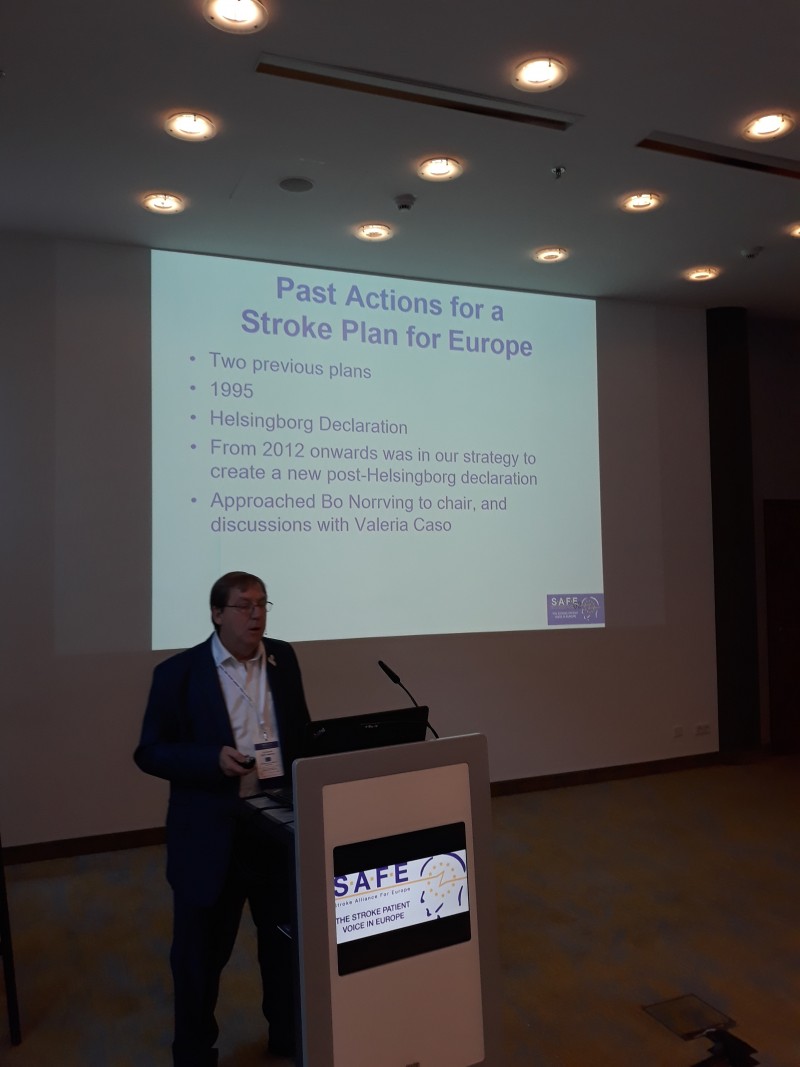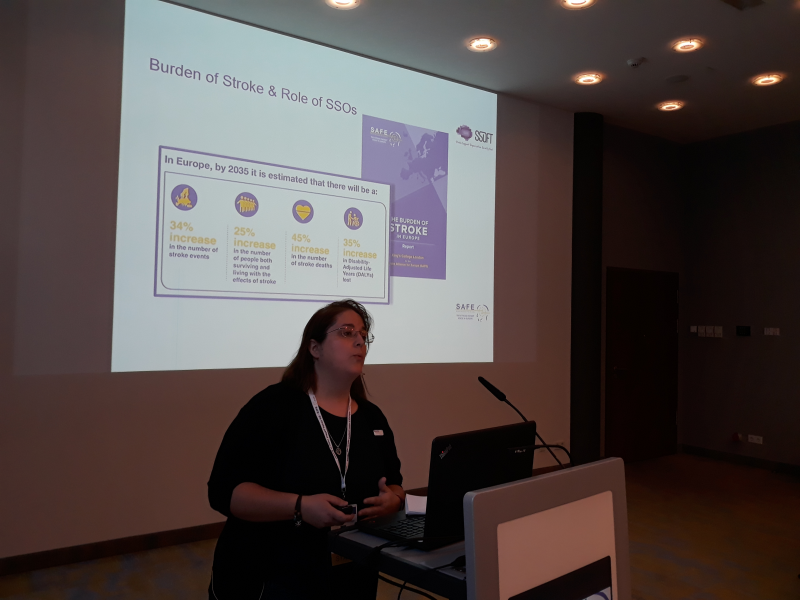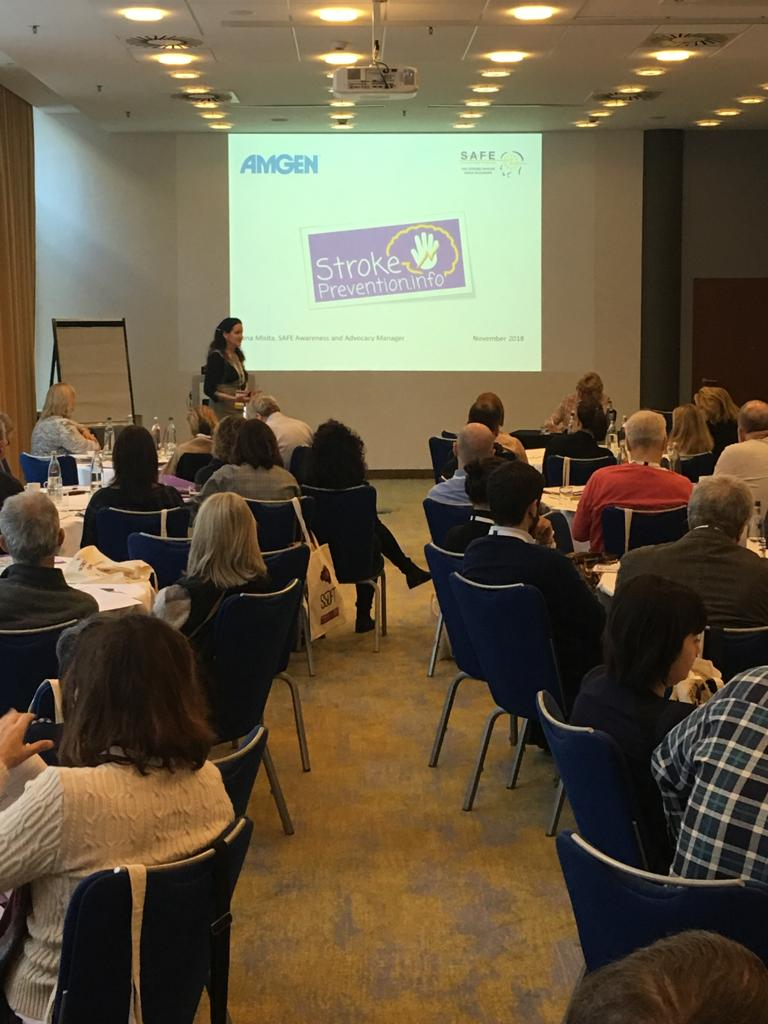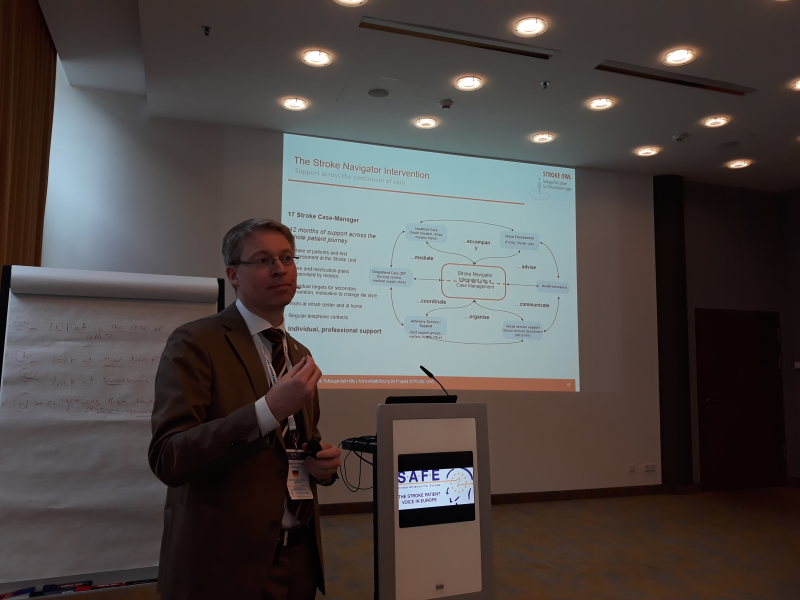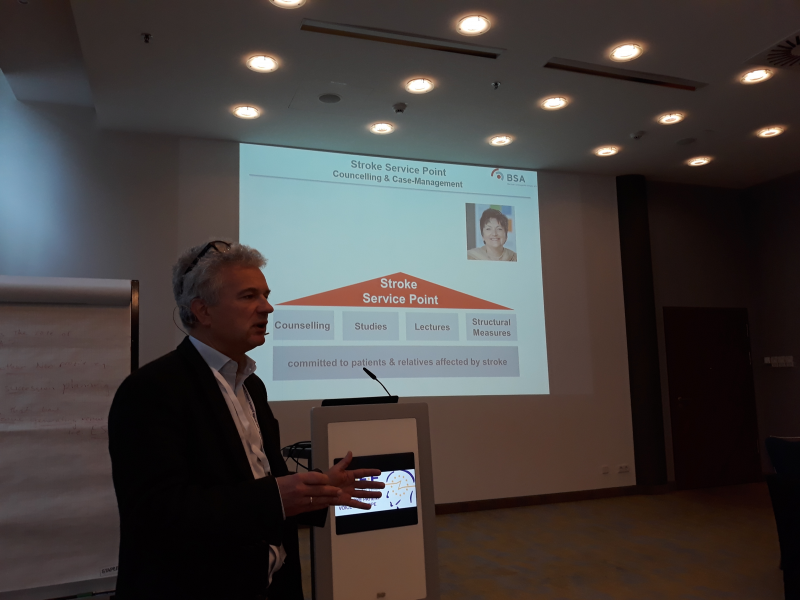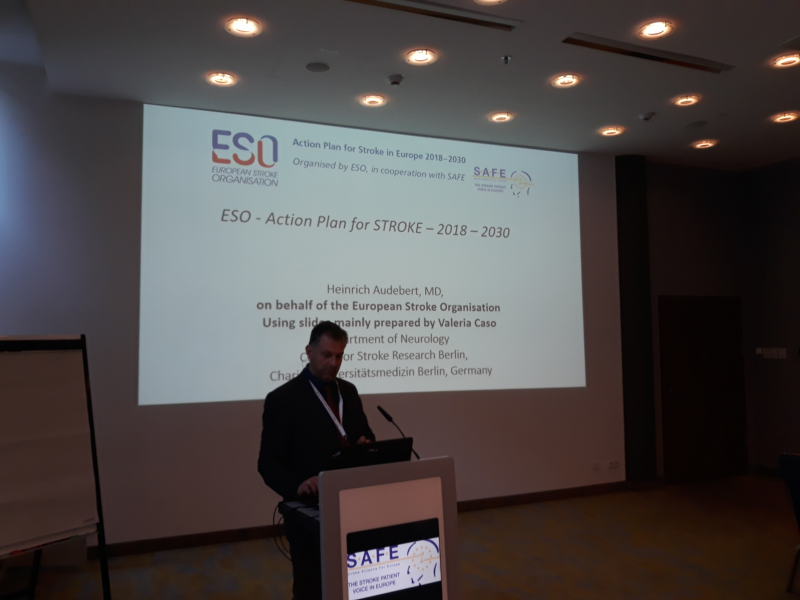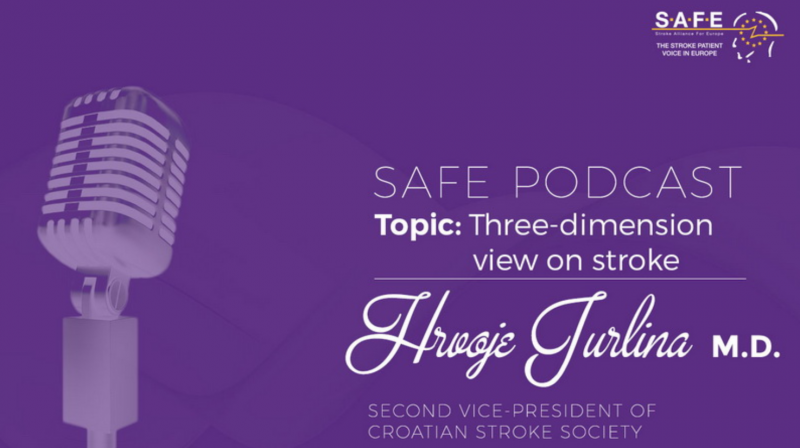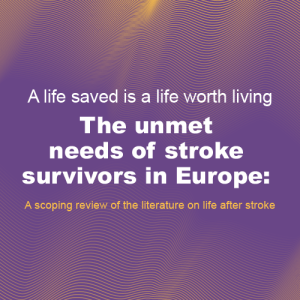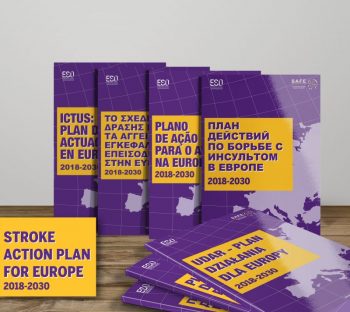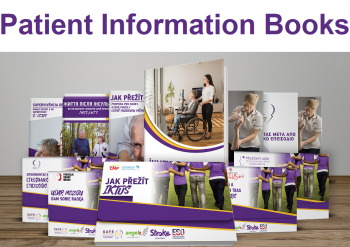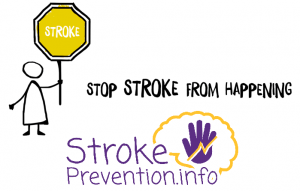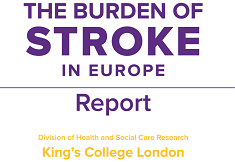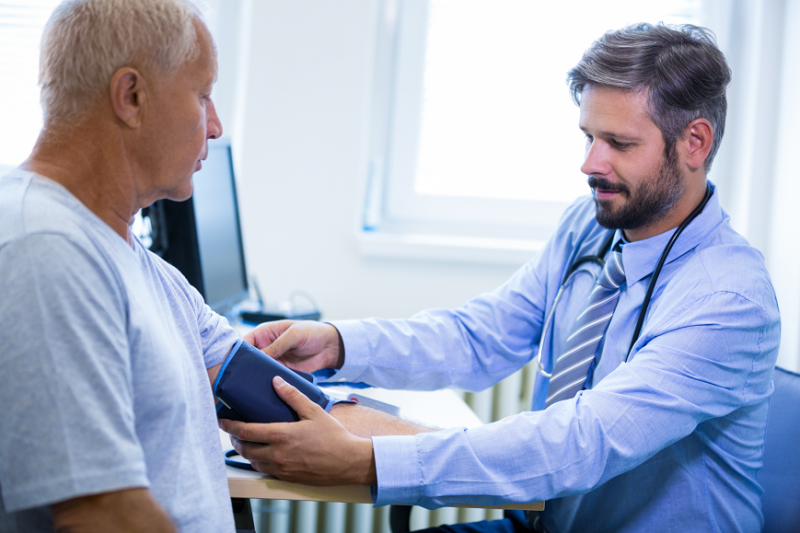
Dec 14, 2018
First published on ScienceDaily.com
Aggressive treatment of hypertension in stroke patients could do more harm than good in the long term, according to a new study from researchers at the University of Georgia.
Sixty percent of stroke patients admitted to U.S. emergency rooms have elevated blood pressure, and many studies say that having high blood pressure at the time of stroke can lead to higher rates of death and major disability.
But lowering blood pressure too much with medications may actually be working against the body’s protective response to maintain blood flow into the affected brain tissues.
“This presents a clinical dilemma,” said study author Changwei Li, an assistant professor of epidemiology and biostatistics at UGA’s College of Public Health.
It may be better to keep blood pressure a little higher than normal, closer to 140/90 mmHg rather than a “good” blood pressure of 120/80 mmHg, but that leaves the question of best practices a little open-ended.
“Currently, hypertension treatment for acute stroke patients is based on physicians’ clinical experience and judgement,” said Li. “There is no guideline on how low the blood pressure should be maintained.”
The key is to find the right balance between maintaining blood flow to the brain and reducing negative short- and long-term effects.
To help identify this optimal blood pressure, Li and his co-authors looked at the relationship between blood pressure during stroke and both short- and long-term health outcomes for over 4,000 Chinese stroke patients participating in the China Antihypertensive Trial in Acute Ischemic Stroke study. One group of stroke patients received extensive treatment for high blood pressure while a control group received no treatment at the time of their stroke.
Li and his collaborators tracked blood pressure changes over time in both the treatment and control groups during the first week of hospital admission and compared patient health at one week, three months, one year and two years following the stroke across patients of different blood pressure trajectories.
To access the full article, please click here.
Story Source:University of Georgia. “Optimal blood pressure treatment for stroke patients.” ScienceDaily. ScienceDaily, 10 December 2018. <www.sciencedaily.com/releases/2018/12/181210142059.htm>.
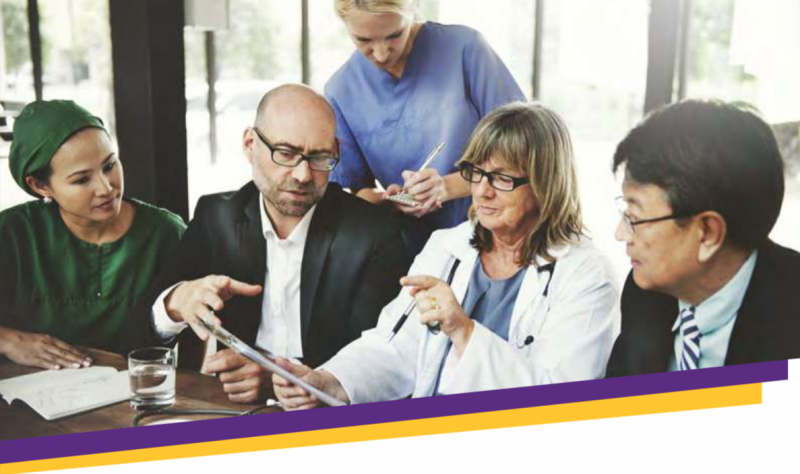
Dec 8, 2018
Jon Barrick, SAFE President, presented Stroke ACtion Plan for Europe 2018-2030 at the 13th UK Stroke Forum Conference (#UKSF18). The #UKSF18 took place at The International Centre, Telford,UK, from 4 – 6 December 2018.
“There was a great need for a document such as the Stroke Action Plan for Europe. Many European countries do not have a national stroke plan or strategy and many of them only have partial coverage of the stroke care pathway in their plans” said Barrick.
This 3 day multidisciplinary conference brought together over 110 expert speakers and researchers, all committed to improving stroke care.
About UK Stroke Forum
The UK Stroke Forum is a coalition of over 30 organisations all committed to improving stroke care in the UK. The coalition is underwritten by the Stroke Association UK.
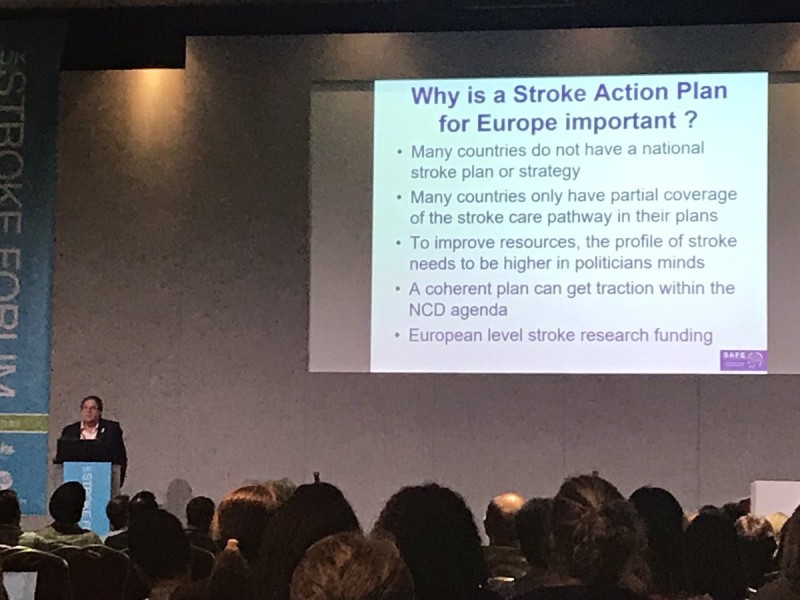
Photo by Sarah Belson
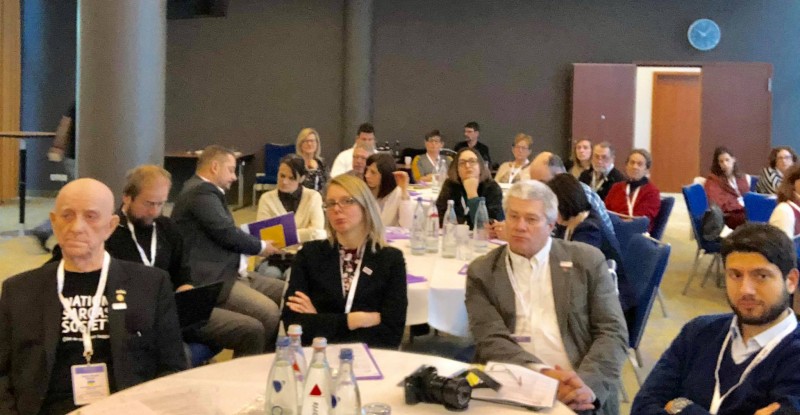
Dec 4, 2018
Roman Shwed from Ukraine is a stroke survivor and a first-time attendee at SAFE Working Conference in Berlin. He shared with us his unique view of this event, kindly agreeing that we share it further with the world. We at SAFE believe you will enjoy it… (In the photo above, Roman Shwed is the first person on the left).
A “TOUNGUE IN CHEEK”, SHORT REPORT ‘SO TO SPEAK’, OF MY WONDERFUL EXPERIENCES IN THE CITY OF BERLIN, GERMANY, NOT TO BE CONFUSED WITH BERLIN, NEW JERSEY, OR ANY OTHER BERLIN ON THE PLANET…
…anyway,
I’m talking about our “SAFE 2018 WORKING CONFERENCE”, which was masterfully dreamed up, programmed, and prepared, by Jon Barrick, the Prez., his VP Markus Wagner, plus Secretary Monique Lindhout, Treasurer Grethe Lunde, Board Members Ivan Milojevic’, Anita Arsovska, Pnina Rosensweig, Kolbrun Stefansdottir, and on the 27th through 30th November, professionally executed by the staff which included Sandra Jackson, Lucinda Shaw, Gary Randall, Jelena Misita, and Victoria Brewer. If I missed anyone, or misspelled a name, kindly forgive my mistakes…this was the very first, never ever before attended, SAFE Working Conference in my whole life, and I meticulously copied all that info from the SAFE Annual Report…so there !
…but I digress,
If anyone has any doubts about my feelings about this conference, let me tell you, I was duly impressed, wow-ed, amazed, and, …in a word, the conference “knocked my socks off” ! I learned a bunch of new stuff about “Life after Stroke”, and reflected on my own situation. What kind of Stroke did I experience ? After seeing all the Delegates, especially other Stroke survivors, and remembering what the 3 types of Stroke are, namely: Ischemic, Hemorrhagic, and TIA, my opinion about my Stroke changed dramatically.
Now when friends on the street will ask me, “Roman, why do you walk so funny ?”, I’d explain that “Moi had a Stroke”…then they usually asked me, politely, “oh?… what kind of Stroke was it ?”, showing off their assumed Stroke knowledge. I used to be very exact in my replies, telling them that it was an Ischemic Stroke, and then, the questioner would, invariably, nod his or her head, sympathetically. Well, this routine is changing, and from now, when asked, I will tell them, “I had STROKE LIGHT ”, for which they’ll have no smarty pants reply, and also this will, hopefully, generate no additional questions. I did, for a while, consider calling mine the Diet Coke way, like “DIET STROKE”, but it just wasn’t sexy enough.
…but, again, I digress,
My friend Dr.Dmytro Gulyayev, (my Ukrainian co-conspirator), who took care of my Stroke recovering body, introduced me to Sandra, and we immediately became friends, but then small wonder, everyone else who was there accepted me and my ‘Drunken Sailor’ walk without question. It’s really comforting to be among people that understand what you went through, and are still, like you, overcoming this health burp in their life. The Conference was peopled by Delegates from “almost” all European Countries, but everyone spoke English…well, let me clarify. There is the Queen’s English, as spoken by Jon, Sandra, and a few others, then there was some Brogue English, as spoken by my Irish & Northern Irish friends, a little North American English, like mine, and the rest spoke European, or as I fondly refer to, YODA English. Yoda would be very proud of us all, because every single Delegate is battling the DARK STROKE Force like a true Jedi Knight !
…but I can’t help myself…I still digress,
As the second day came into play, Integrated Care in Germany was presented by Markus Wagner, our V.P., and then Michael Brinkmieir, the Chairman of the German Stroke Foundation, had a very good presentation of Case & Care Management in East Westphalia. Our table started to speculate…”if there is a Westphalia, there must be an Eastphalia, and therefore – a West Eastphalia”…but we never reached a final agreement, so if you have any doubts, just GOOGLE it. Anyway, the Workshops were great, and very useful, especially to a “nebish” like me. Dmytro and I were there to Listen & Learn, and our East Cluster Workshop, which was in Hamburg…the Room, not the Burg, explained our moderator, and allayed our fears of having to travel to another City.
If I have any complaints, it’s about the food. The meals were great, tasty, and I think that I must have gained a kilo or two. It just isn’t fair to guy’s like me, when you place such tasty temptations before us. The Wednesday Night Feast at Maximillian’s was superb, and I’m sure that our ladies enjoyed the waiters in “Lederhosen”. I believe that everyone, Staff and Jedi Knight, had 2 pretzels each, but who cares as long as no one broke into song or yodelling.
ALL THAT’S LEFT TO SAY IS A GREAT BIG THANK YOU TO THE LEADERSHIP & STAFF OF SAFE, AND OUR WONDERFUL SPONSORS … “THANK YOU” IS CERTAINLY AN UNDERSTATEMENT…BECAUSE MY VOCABULARY IS TOO LIMITED TO DO JUSTICE TO THE BERLIN CONFERENCE,
AND I MUST ADD A HEARTFELT – “YO, AND A FIST BUMP”, THANK YOU DELEGATES – JEDI KNIGHTS ALL … MAY THE “SAFE” FORCE BE WITH YOU !
I DID MEET SOME OF YOU PERSONALLY, AND LOOK FORWARD TO MEETING THE REST OF YOU REAL SOON !
SMILINGLY YOURS,
Roman “Toungue in Cheek” Shwed,
UKRAINE
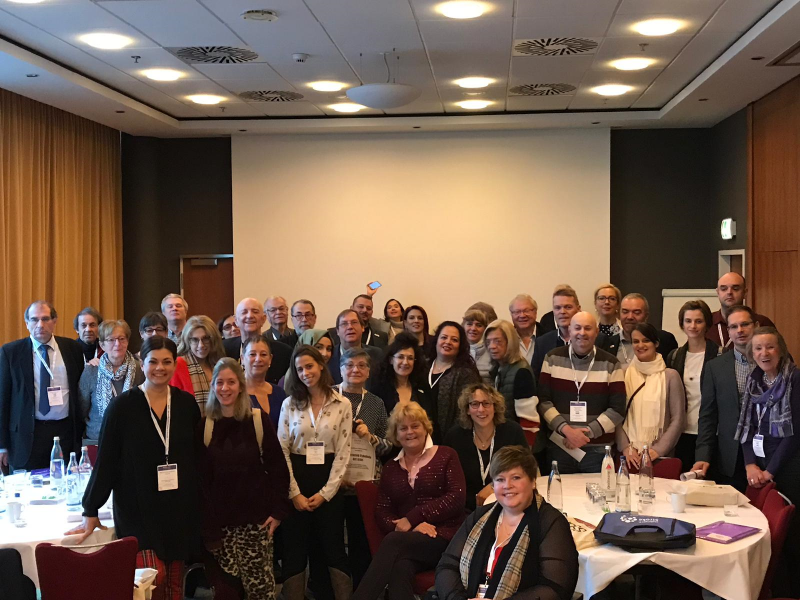
Dec 2, 2018
SAFE held this year’s Working Conference and the General Assembly in Berlin, Germany. The event was very well attended, with over 100 delegates and representatives of SAFE’s industry partners.
The hosting organisation was the Stiftung Deutsche Schlaganfall Hilfe, SAFE’s member organisation from Germany, whose President, Michael Brinkmeier presented their latest projects to the auditorium. SAFE President Jon Barrick and ESO Board member Heinrich Audebert gave presentations on how the Stroke Action Plan for Europe 2018-2030 was created, including the overarching recommendations on the seven domains, from Primary Prevention to Life After Stroke.
The working conference was dedicated to updating our members on the current projects and presenting plans for the next period, until 2020 and beyond.
Stroke Support Organisation Faculty Tool was completed just before the SAFE’s annual gathering and SSOFT Project Director, Victoria Brewer gave a wrap up, summarizing the achievements and giving recommendations for future use and increased engagement.
You can access the complete Working Conference Agenda here.
On Friday, 30th November, SAFE had a General Assembly. Three new Board members were elected: Grethe Lunde from Norway (Norsk forening for slagrammede (NFS)) as a North Cluster Representative, Chris Macey from Ireland (Irish Heart Foundation) as Treasurer and Marina Charalambous from Cyprus (Cyprus Stroke Organisation) as Board Member at Large.
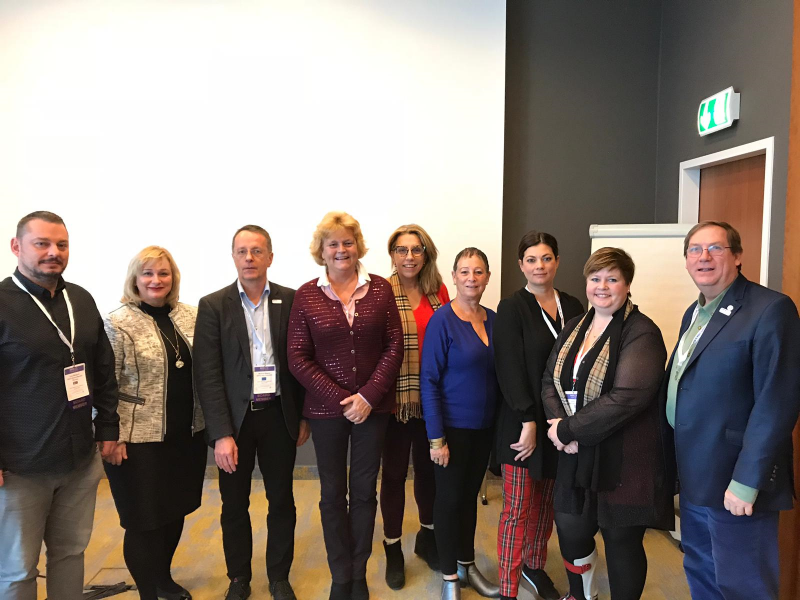
Two new organisations were ratified and became full SAFE members: Porážka.sk from Slovakia and CEREBRUM from Czech Republic.
SAFE awarded stroke support organisations from the following countries: Turkey, Spain, Serbia,Croatia, Portugal, Iceland and Cyprus for their work in fighting stroke, supporting survivors and their families and building the patient voice during 2018.
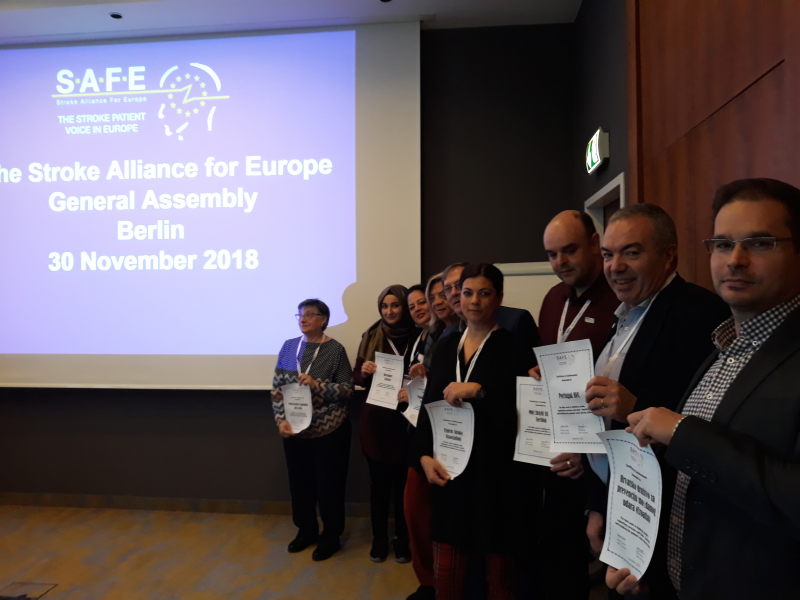
In addition, SAFE Annual Report and Strategy were discussed, as well as the upcoming SAFE political activities at EU level.
